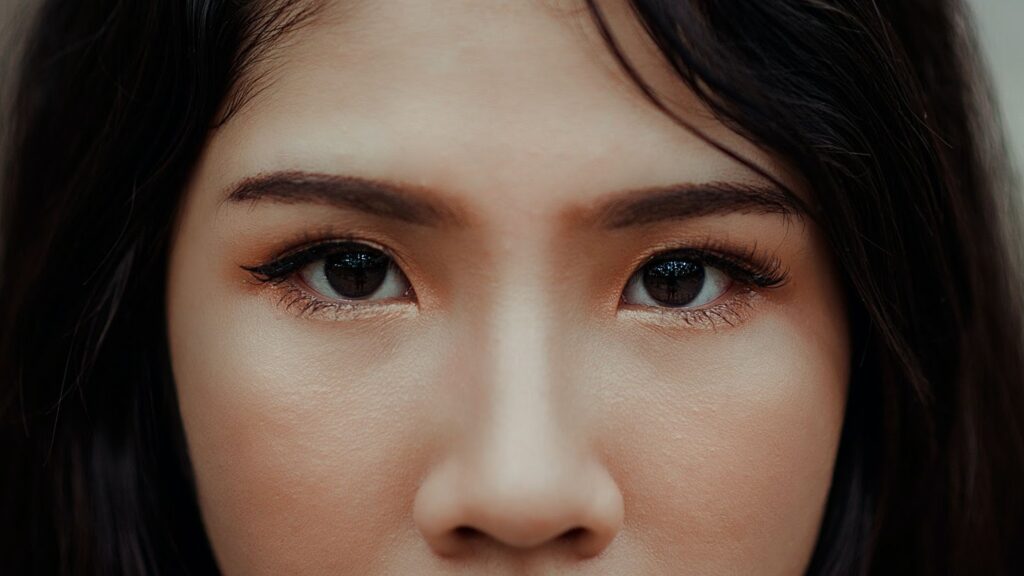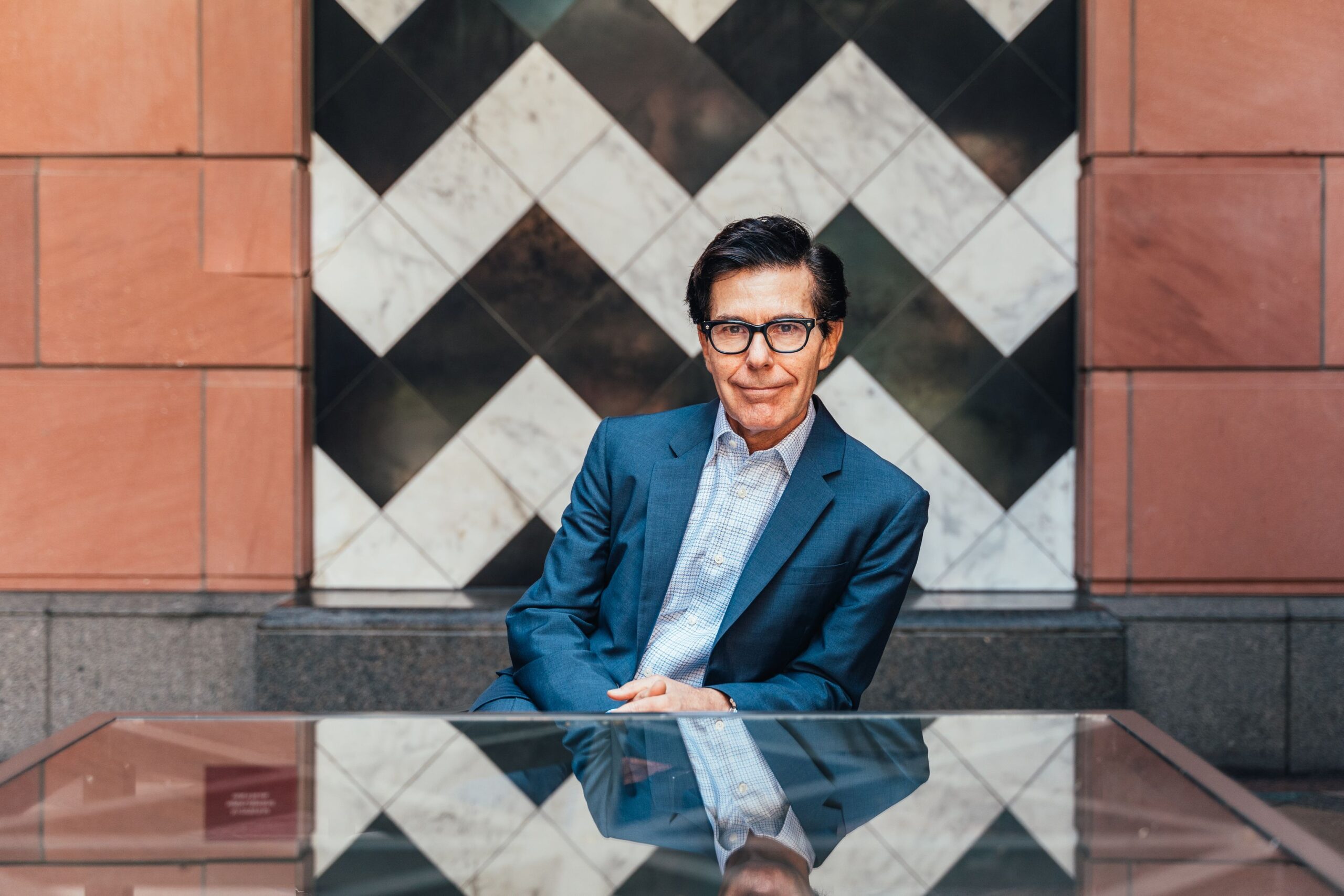Rhinoplasty, a surgical procedure commonly referred to as a “nose job,” is a popular plastic surgery procedure that can improve a patient’s confidence in their appearance. There are many different reasons why patients choose to have rhinoplasty, and depending on their aesthetic goals for their nose, the surgeon might choose one of two procedures: an open rhinoplasty or a closed rhinoplasty.
An open rhinoplasty is usually appropriate when significant reshaping of the nose is required, while a closed rhinoplasty is best suited for more minor corrections. Regardless of which type of procedure a patient chooses, they should be informed as to what they can expect in terms of the swelling, healing, and stages associated with rhinoplasty recovery.
How much swelling should you expect during rhinoplasty recovery?
The amount of swelling that you will experience after rhinoplasty recovery depends partially on the extent of your procedure. Patients who have a complex procedure that requires significant reshaping of the nose are likely to experience more swelling for a longer period of time as compared to patients who have more minor procedures done. However, regardless of which type of rhinoplasty you have, your swelling will be at its worst for the first one to two weeks after surgery. You may experience bruising and tenderness of the nose, cheeks, and eyes during this time.
After the first one to two weeks, your bandaging will be removed and your nose will continue to heal. Over the next several weeks, you’ll find that your swelling continues to fade, with the majority of the swelling gone in about one month. However the soft tissues in and around the nose hold onto swelling longer than other areas of the body, so it will take several months for all of the swelling to subside, and you may notice changes to your final nose shape for up to a year or longer. However, these changes are very small and will be imperceptible to most people.
What are the stages of rhinoplasty recovery and healing?
Rhinoplasty recovery has several distinct phases. The first phase lasts for about one to two weeks immediately after surgery. Some, but not all, surgeons choose to pack the nose with gauze or an interior splint to help support the shape of the new nose. During this time, your nose will be bandaged for protection and support. Your surgeon will give you specific instructions on when to return to the office to have the packing or splint removed. Most patients have their final bandages and stitches removed within one to two weeks of the procedure.
For about six weeks after the procedure, your activities will be restricted while you wait for your nose to heal, particularly if your procedure requires making fractures to the bones of the nose. During this time, your swelling will continue to subside and you will need to avoid strenuous activities like vigorous exercise. You will also need to avoid blowing your nose or wearing glasses.
In the final phase of recovery, you will be able to perform normal activities and participate in vigorous exercise. You can expect your swelling to continue to decrease for up to a year while your final nose shape is revealed. While it may take up to a year or more to notice full results, the changes that occur months after surgery are quite subtle and go unnoticed by many people.
How can you speed up your rhinoplasty recovery?
Everyone wants to recover from rhinoplasty as quickly as possible, and by following your doctor’s instructions carefully, you can do just that. There are also some tips that you can follow to speed up your rhinoplasty recovery.
- Pay attention to how your body and face are feeling and discuss any concerns with your surgeon right away, before they become significant issues.
- Sleep with your head elevated by propping your head up on multiple pillows, sleeping on a foam wedge, or sleeping in a recliner. You should not sleep on your side or on your stomach, as the pressure can displace your nose, undoing your procedure.
- Get plenty of rest in the weeks after your procedure to allow your body lots of time to heal from surgery.
- Apply cold compresses to your cheeks, avoiding your nose, after surgery in order to help reduce swelling.
- Eat a healthy, balanced diet with lots of fruits, vegetables, and lean sources of protein to ensure that you are getting all of the nutrients you need to help your body heal properly.
- Do not blow your nose for at least six weeks after surgery. While you are likely to experience some congestion for several weeks or months after the procedure, talk to your doctor about using a simple saline nasal spray to help reduce your congestion. Do your best to avoid sneezing and try to sneeze with your mouth open in order to minimize the impact to your nose.
- Do not engage in strenuous exercise or exercise with a high impact, such as running, for at least six weeks after surgery in order to give your bones time to heal.
- Wear sunscreen when in the sun in order to protect your skin and prevent your incisions from healing darker than they otherwise would.
- Do not wear glasses or anything that puts pressure on the bridge of your nose until your doctor says it is safe to do so.
- Do not smoke, and try to avoid exposure to secondhand smoke. Nicotine, which is found in all tobacco products, is a stimulant that restricts blood flow, making healing take longer.
Summary
Rhinoplasty recovery takes up to a year to complete, but most patients find that the majority of their swelling subsides in about four to six weeks. During the first six weeks after surgery, you will need to avoid strenuous exercise and carefully follow your doctor’s instructions in order to protect your nose while it heals. Your final nose shape will be revealed in about a year.
Medically reviewed by Dr. Robert Applebaum
Dr. Robert Applebaum is a world renowned and highly respected Plastic Surgeon who is Board Certified by the American Board of Plastic Surgery. In his nearly 30 years as a practicing physician, Dr. Applebaum has become known as an innovator in the field of laser technology techniques for plastic surgery procedures. He has published numerous articles and scientific papers about the use of laser technology and educates physicians worldwide on the applications of laser technology for plastic surgery. Dr. Applebaum primarily practices out of his private outpatient surgery center, Four Thirty Six Aesthetic Surgery Center, which is located in Beverly Hills.
Sources:

